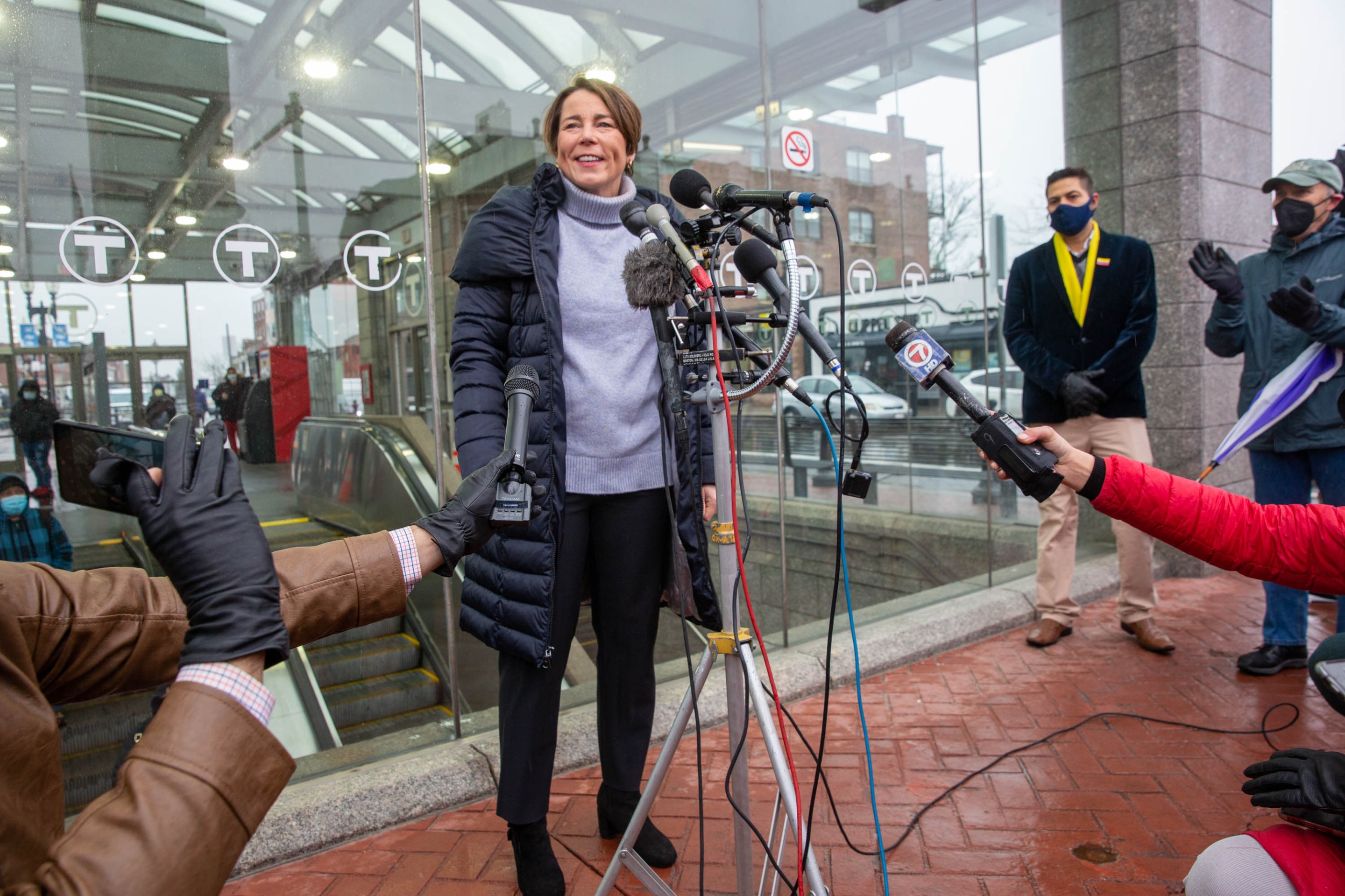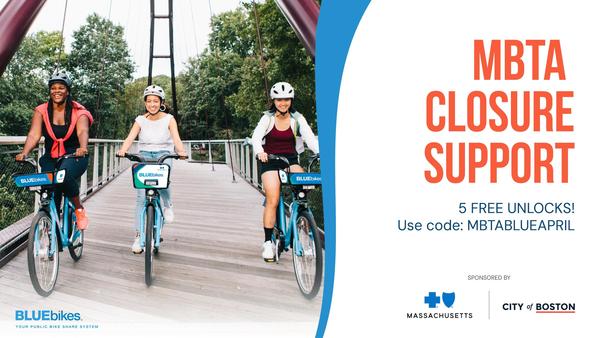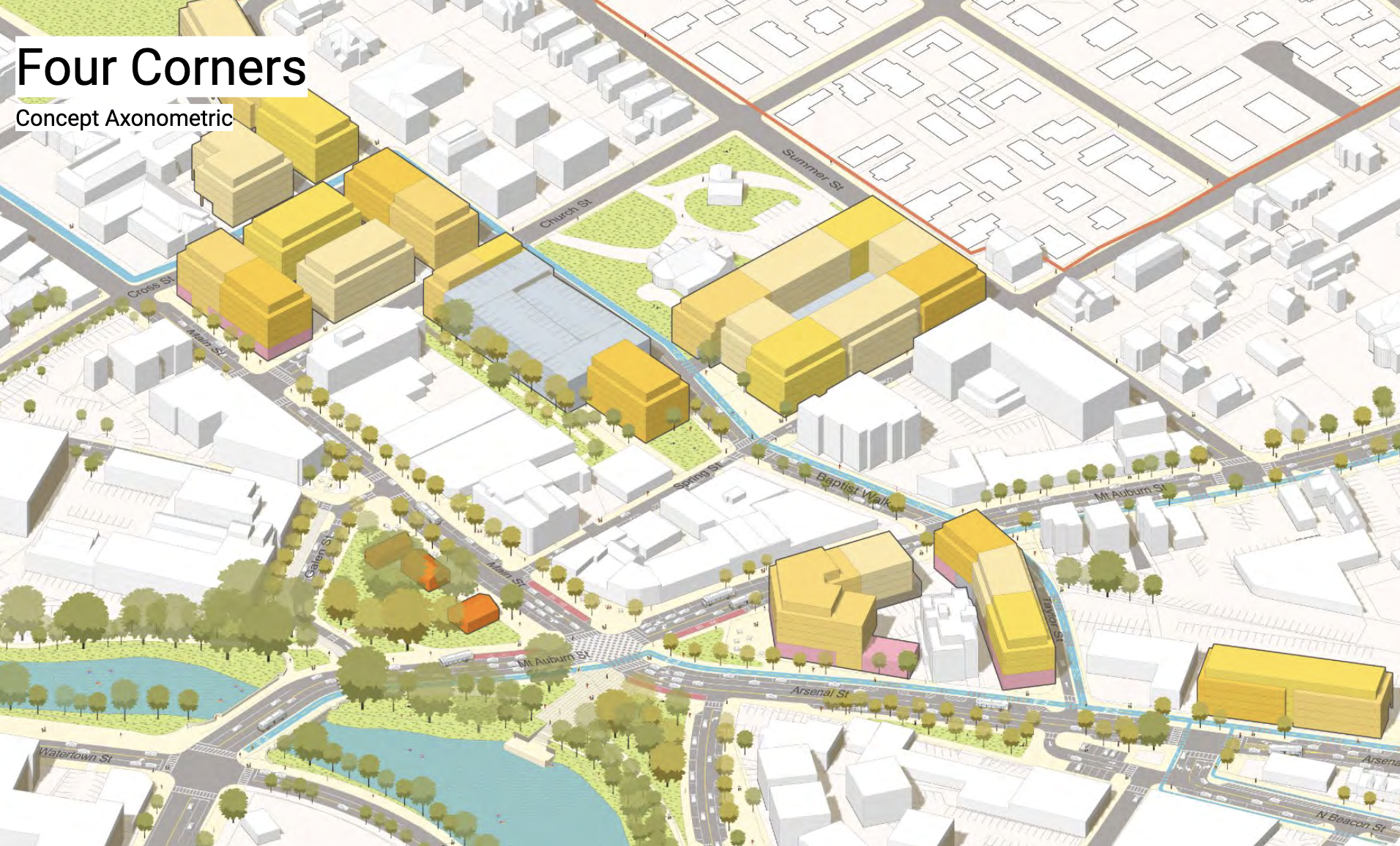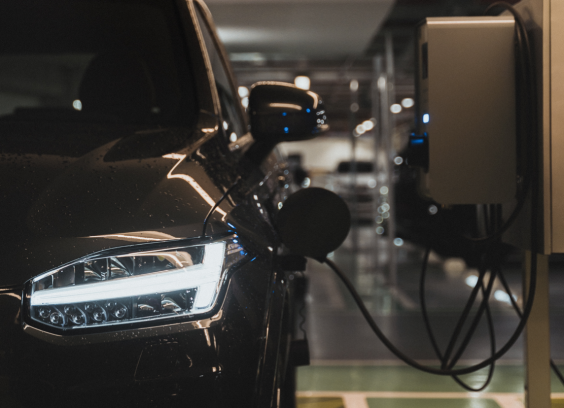What Maura Healey’s Climate Plan Reveals About Her Transportation Priorities
11:13 AM EDT on May 13, 2022

Attorney General Maura Healey launches her campaign for governor outside the Maverick Blue Line station in January 2022. Photo by Bethany Versoy, courtesy of the Healey campaign.
A few weeks ago, the main knock on gubernatorial frontrunner Maura Healey was that she hadn’t put forward very many policy ideas.
That’s not the case anymore. In mid-April, the current attorney general published a 4,700 word climate plan that takes on what she calls “our greatest risk and our greatest opportunity.”
The framework contains a number of ideas about how to decarbonize the transportation sector and lower the roughly 40 percent of emissions in Massachusetts that come from its tailpipes.
Like most campaign proclamations, it errs on the side of ambiguity, offering goals and commitments without many specifics about the mechanisms by which to meet them.
But reading her words, and in between the lines, offers a broad outline of how a Healey administration would try to meet the state’s transportation challenges.
Transit
Healey’s climate plan leans on public transit, with an emphasis on mode shift that Jarred Johnson, executive director of the advocacy group TransitMatters, called “rare” for a political candidate.
The document calls for reducing car usage by improving the reliability and frequency of transit service, expanding its reach, and making sure that land use allows more homes and jobs near transit stations.
It makes mention of both the regional transit authorities and the beleaguered MBTA, which will greet the next governor with the day-one challenge of a looming budget crisis.
“The stakes are incredibly high,” said Johnson. “The T needs more revenue in order to just continue to address the state of good repair backlog and maintenance needs, and it certainly needs more resources if we’re going to expand to meet the needs of climate change.”
Healey’s plan acknowledges a dearth of funding for the T, even with $3 billion in federal money flowing in, but it’s short on specifics about how to solve the problem.
“The Commonwealth needs long term, sustained state funding sources to support the RTAs and tackle the projected shortfalls in the MBTA capital and operating funds,” the plan says.
But to Johnson, naming specifics at this point wouldn’t really make sense.
“If you can read between the lines there, there’s an acknowledgement that there is no one silver bullet,” Johnson said. “There is no ballot initiative, no one tax on big businesses that one can pass to get this done, no one thing that you can stick to the riders, to the drivers. This is going to have to be a suite of things, and it’s going to have to be balanced and equitable.”
One barrier that her plan doesn’t mention: a legislature that has repeatedly kicked the can down the road.
“We keep careening from crisis to crisis at the T,” Johnson said. “Having real leadership that really demands that the legislature addresses this problem would be huge. I think that’s the most important legacy that this governor could have.”
Healey says she would also move to electrify the T starting with buses by 2030 and the rest of the system by 2040.
Electric vehicles
Healey’s plan sets an ambitious goal of having a million electric vehicles on the road by 2030, significantly more than the current goal of 750,000 set by the Baker administration.
But as the Boston Globe reported last month, the commonwealth is far behind the pace it needs to set to meet the current, lower goal. To date, there are only 31,000 fully-electric cars registered in Massachusetts.
This spring, a newly-published Baker administration report concluded that most of the public funds spent for the MOR-EV program, which incentivizes electric car purchases with rebates of up to $2,500, has had no effect on car buyers’ decisions.
Healey’s plan calls for giving consumers larger rebates for used and low-cost EVs, and making it easier for customers to access those rebates at the point of sale – which are similar to reforms that the Baker administration is also considering.
“The goal of 1 million EVs by 2030 makes sense,” said Anna Vanderspek, electric vehicle program director at the Green Energy Consumers Alliance. “I’m just looking forward to more detail.”
The current supply constraints on EVs make short-term planning hard for policymakers, she said.
“What I think the Commonwealth needs is a really clear plan for how to get from here to 2030,” Vanderspek added. “I would love to see a year by year plan of, if we want to hit an adoption curve that’s the most efficient way, this is what it looks like and this is how we have to build out infrastructure.”
The Healey plan also calls for ending the sale of new gas or diesel passenger cars and light duty trucks by 2035, and making all public fleet purchases electric by 2028.
“Aiming for 2030 [to end the sale of new gas-powered cars] would be better from a climate perspective and would be feasible,” Vanderspek said. “But I would stress the importance of setting that goal and aligning state policy.”
Looking at the bigger picture, the framework drops a hint about “[evaluating] revenue-generating incentives to decarbonize transportation.”
That could refer to the Transportation and Climate Initiative, the failed regional partnership which Healey is interested in revisiting, she said at a recent forum on environmental issues.
“We can’t meet our 2030 [emissions] goal without both reducing VMT and electrifying everything that is still on the road, and I’m glad that both parts of this are addressed in this plan,” said Vanderspek.
Biking and walking merit a mention
Pedestrian and bike infrastructure make the cut in Healey’s plan, but are relegated to the second clause of a sentence about EV infrastructure.
“The Healey transportation agenda will also include bold investment in electric vehicle infrastructure and strong incentives for their adoption, including for heavy duty vehicles, as well as pedestrian walkways, and safe, expanded bike lanes,” it says.
It also pitches efforts to have workers stay at home more as part of the climate effort, saying Healey will work with employers to incentivize “smart telework policies” and cut down on single occupancy vehicle use.
“The last two years have demonstrated that telework is a viable alternative to the daily commute for many jobs and industries,” it says.
Healey will face state senator Sonia Chang-Diaz in the primary on Sept. 6. The general election is on Nov. 8.
Sam Mintz is a Boston-based journalist covering transportation and energy policy. Before moving back to his hometown in 2021, Sam spent five years in D.C. covering Congress and federal agencies for Politico and E&E News. He lives in Brighton, equidistant to stops on the B,C, and D branches of the Green Line.
Read More:
Stay in touch
Sign up for our free newsletter




